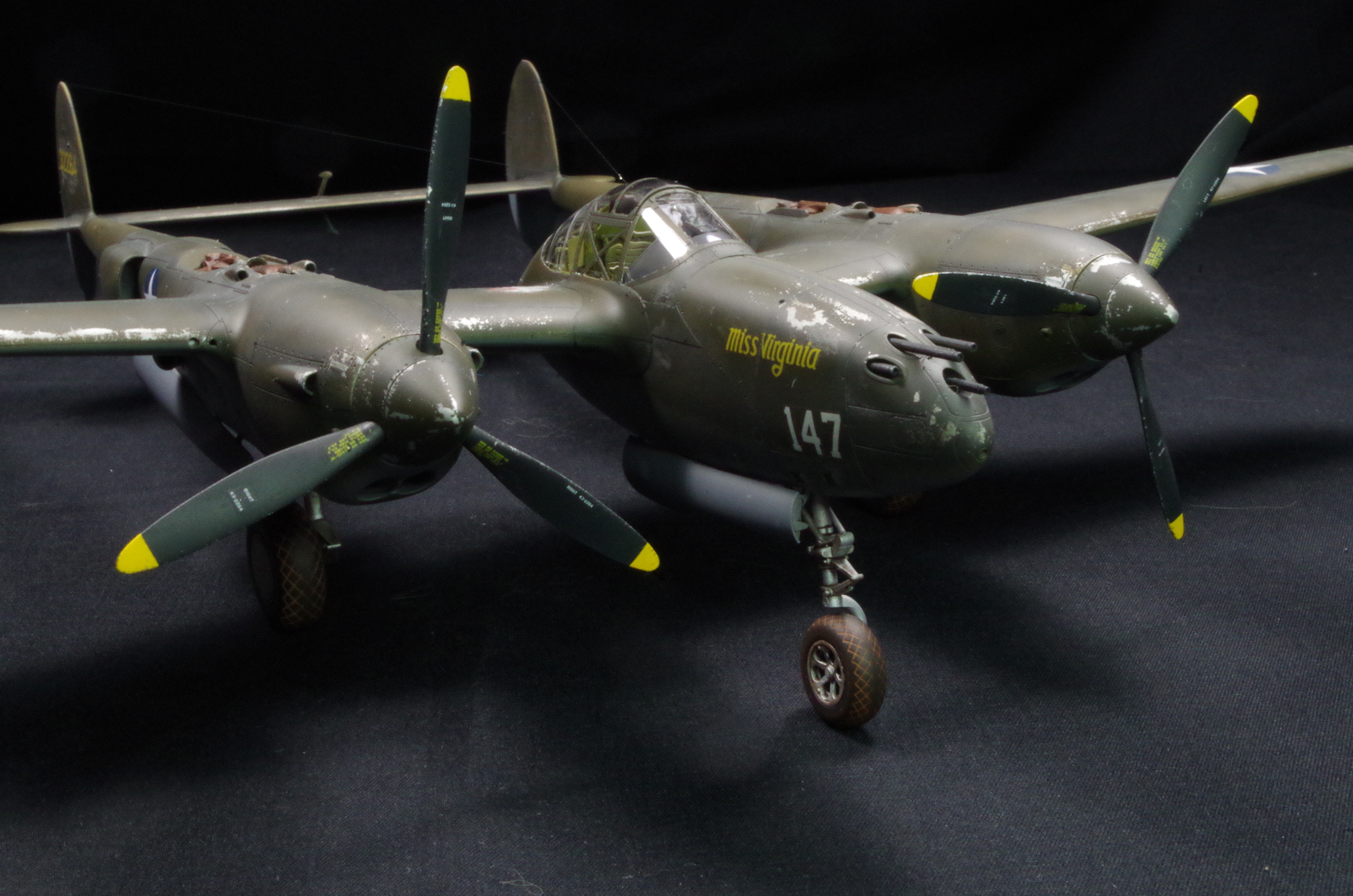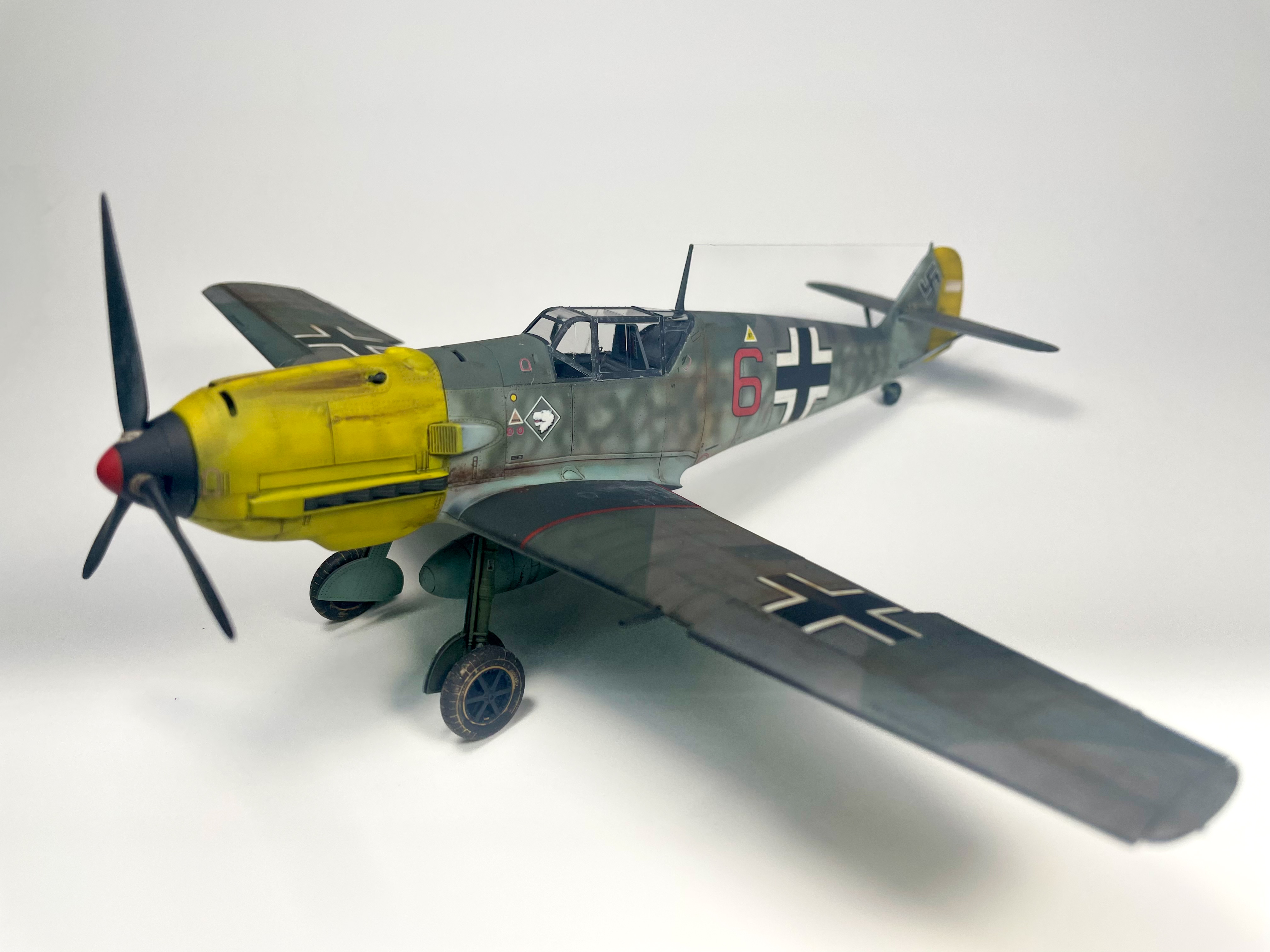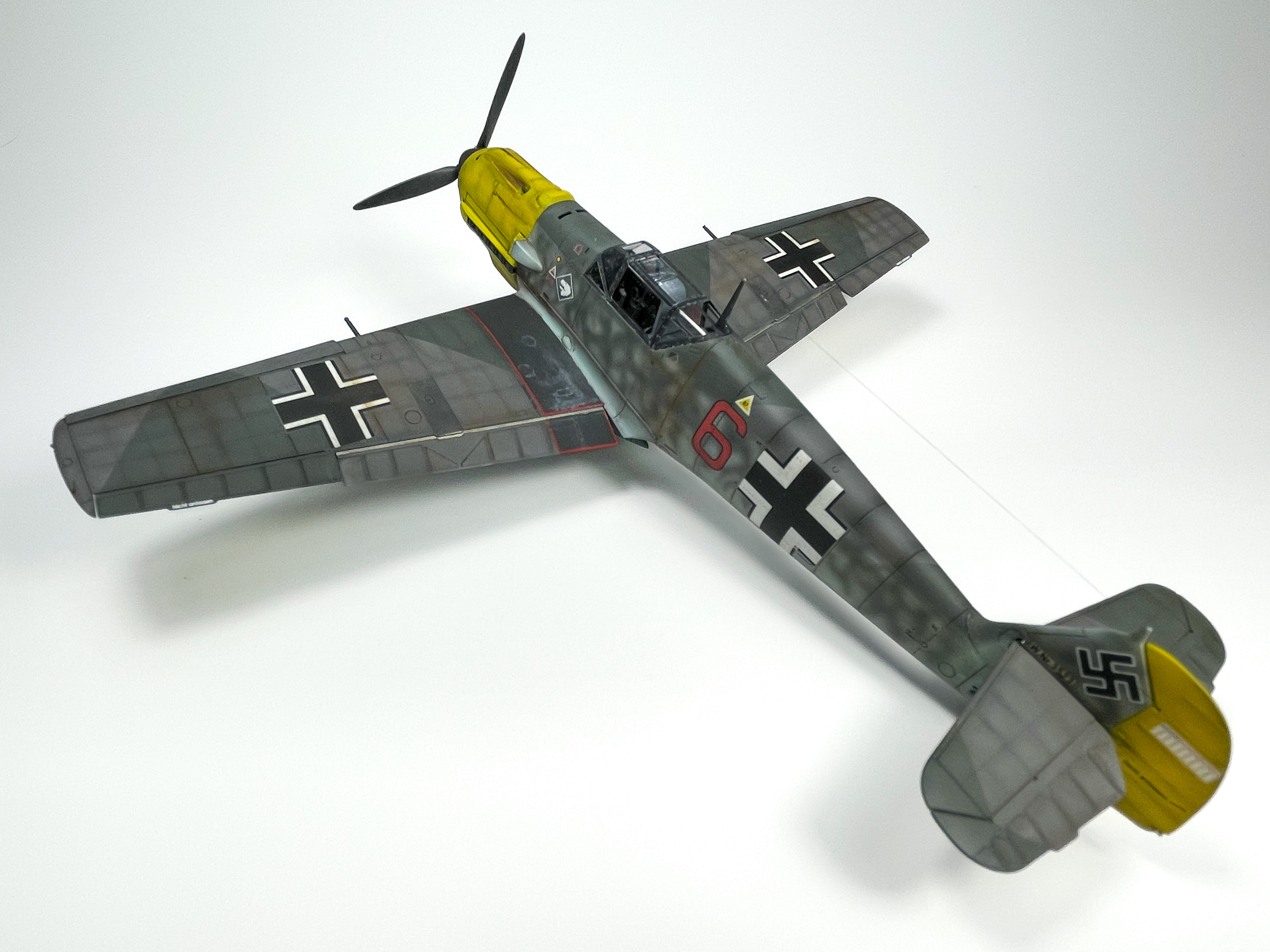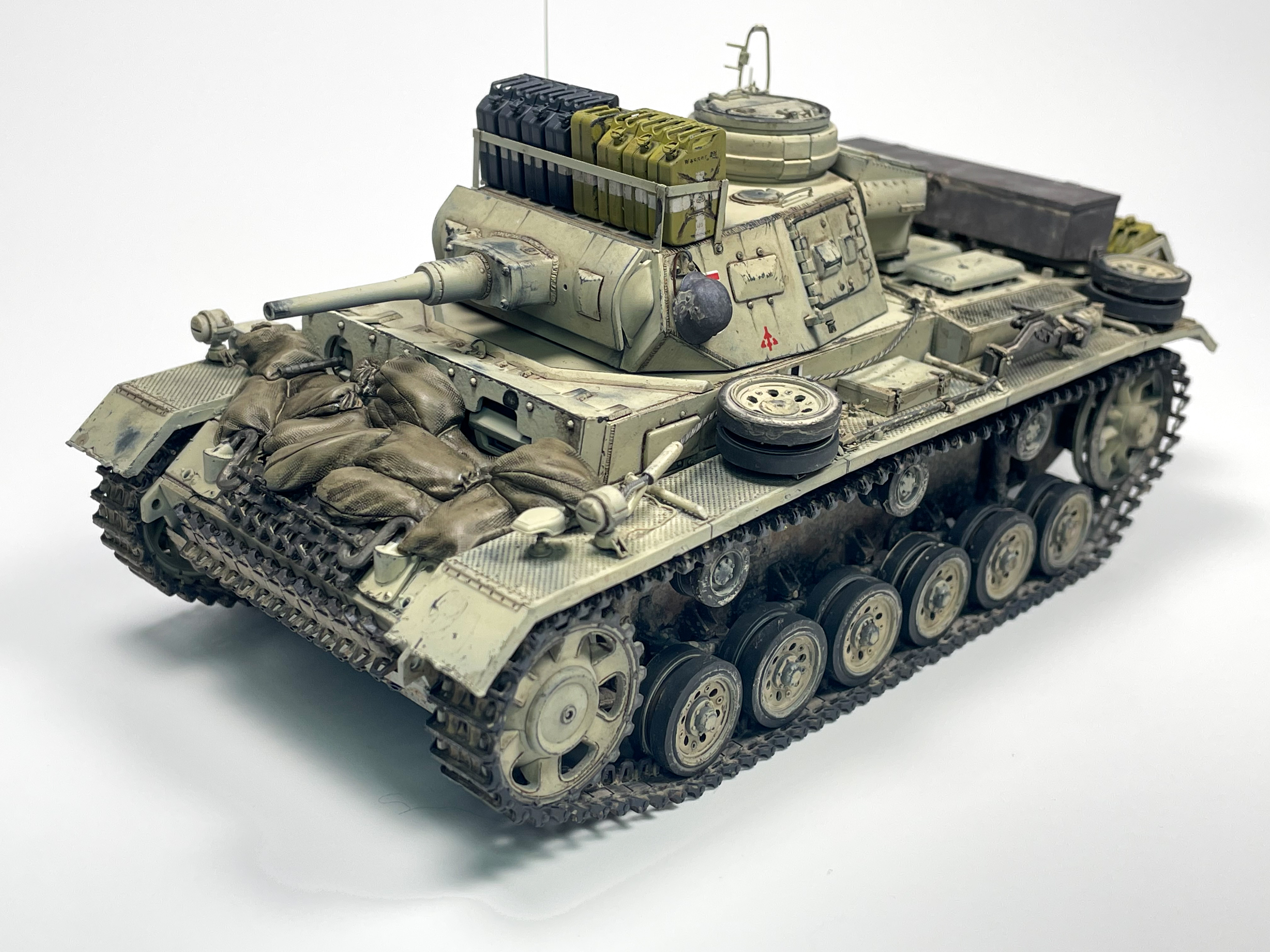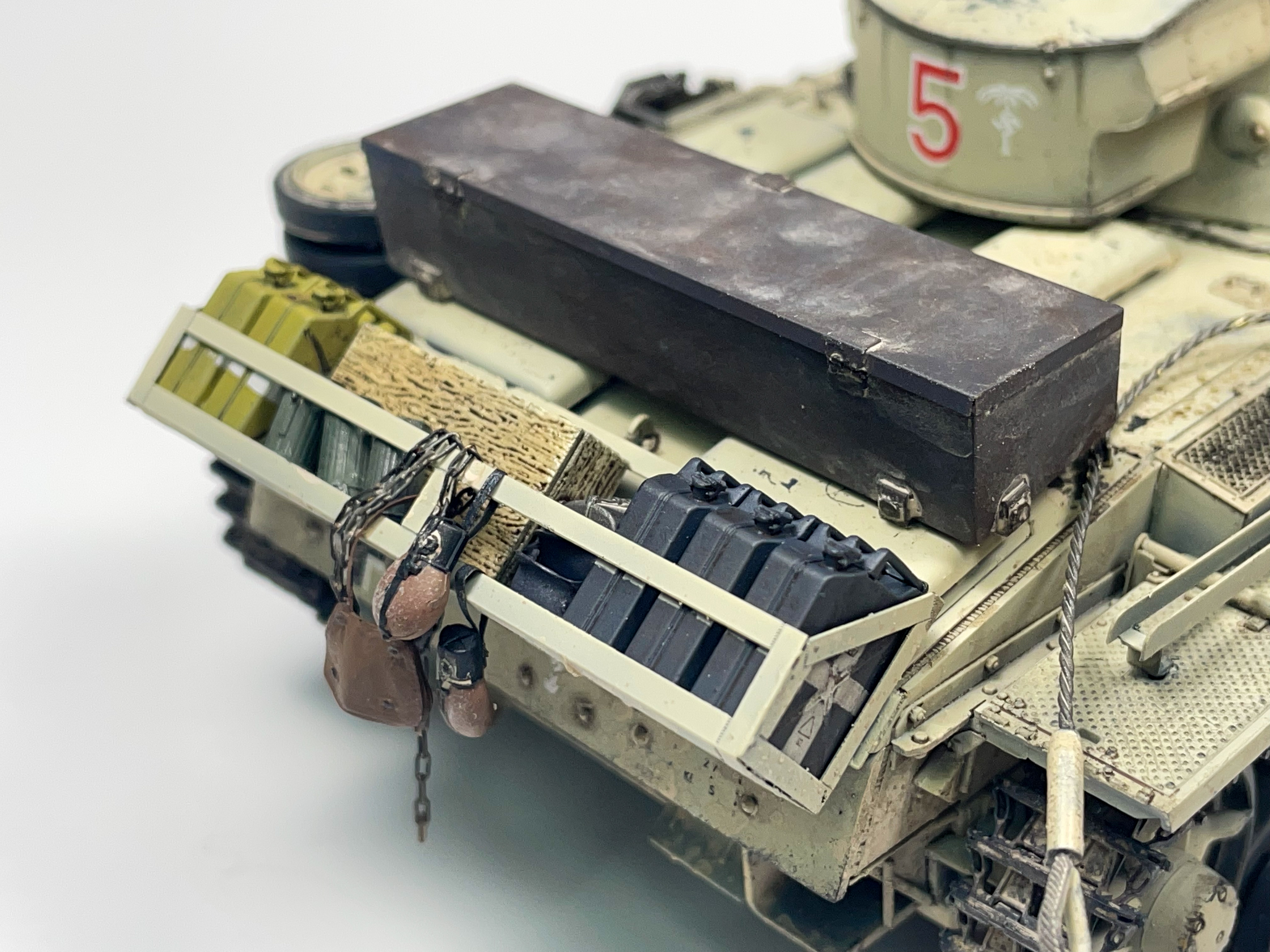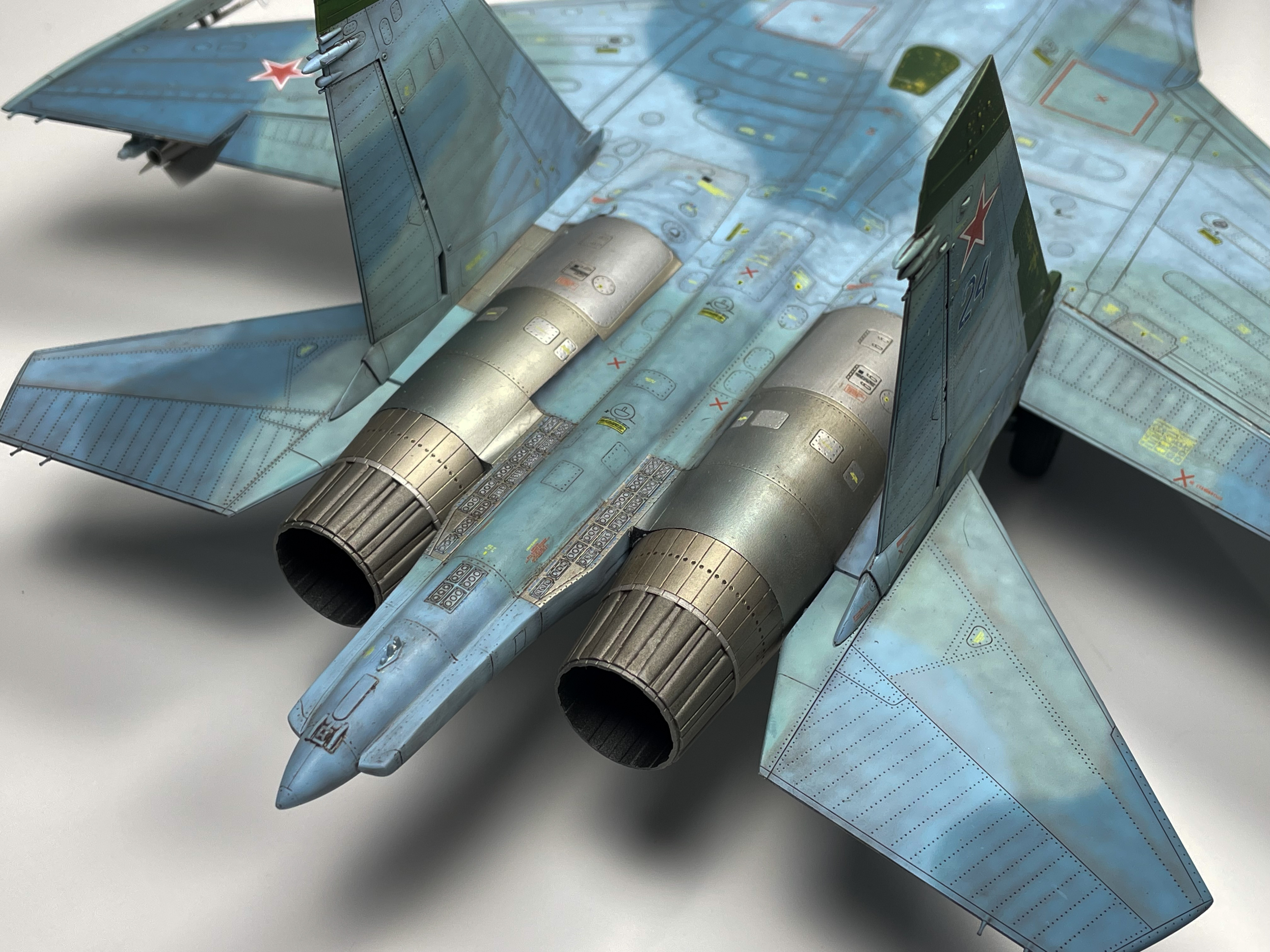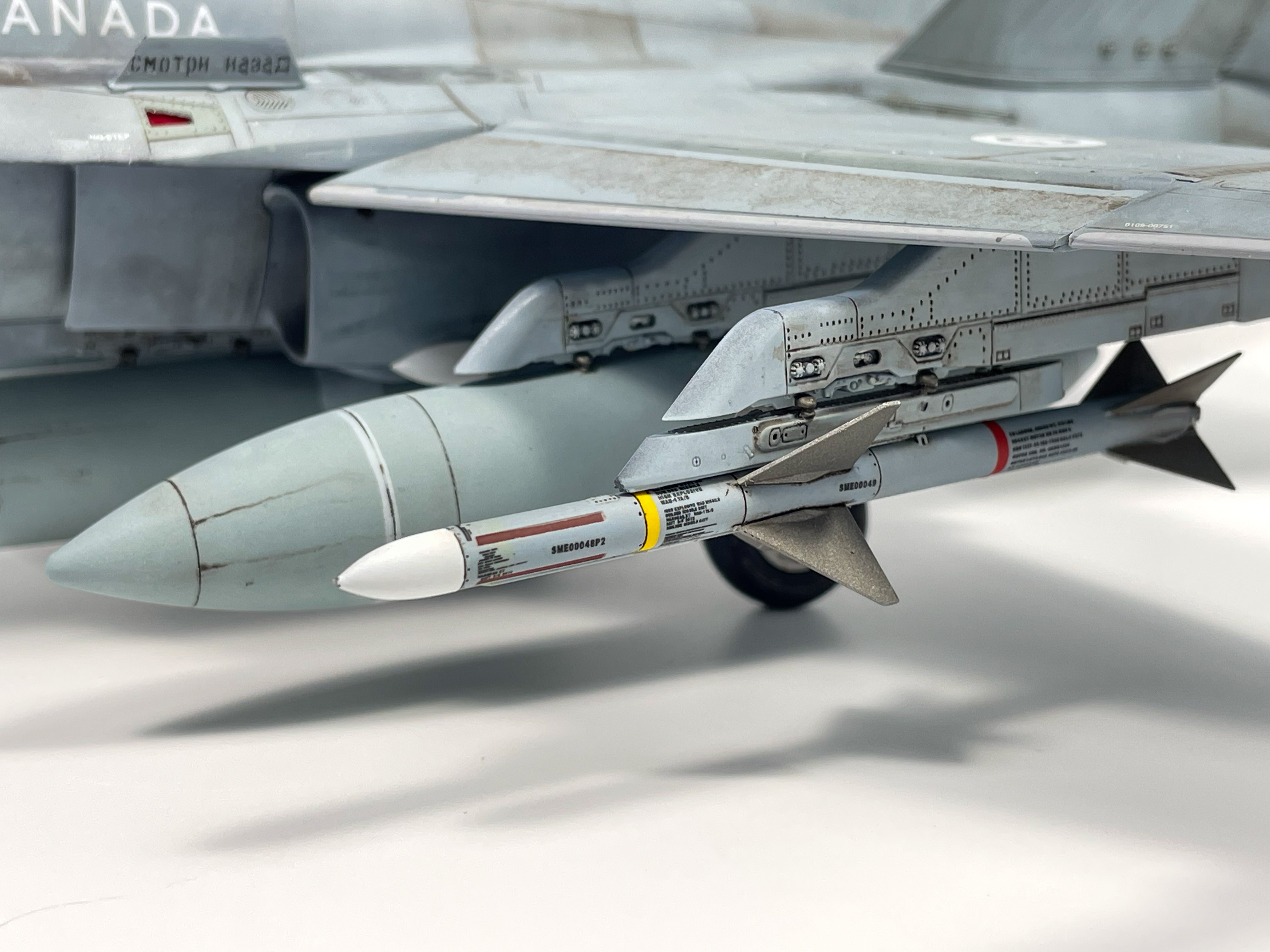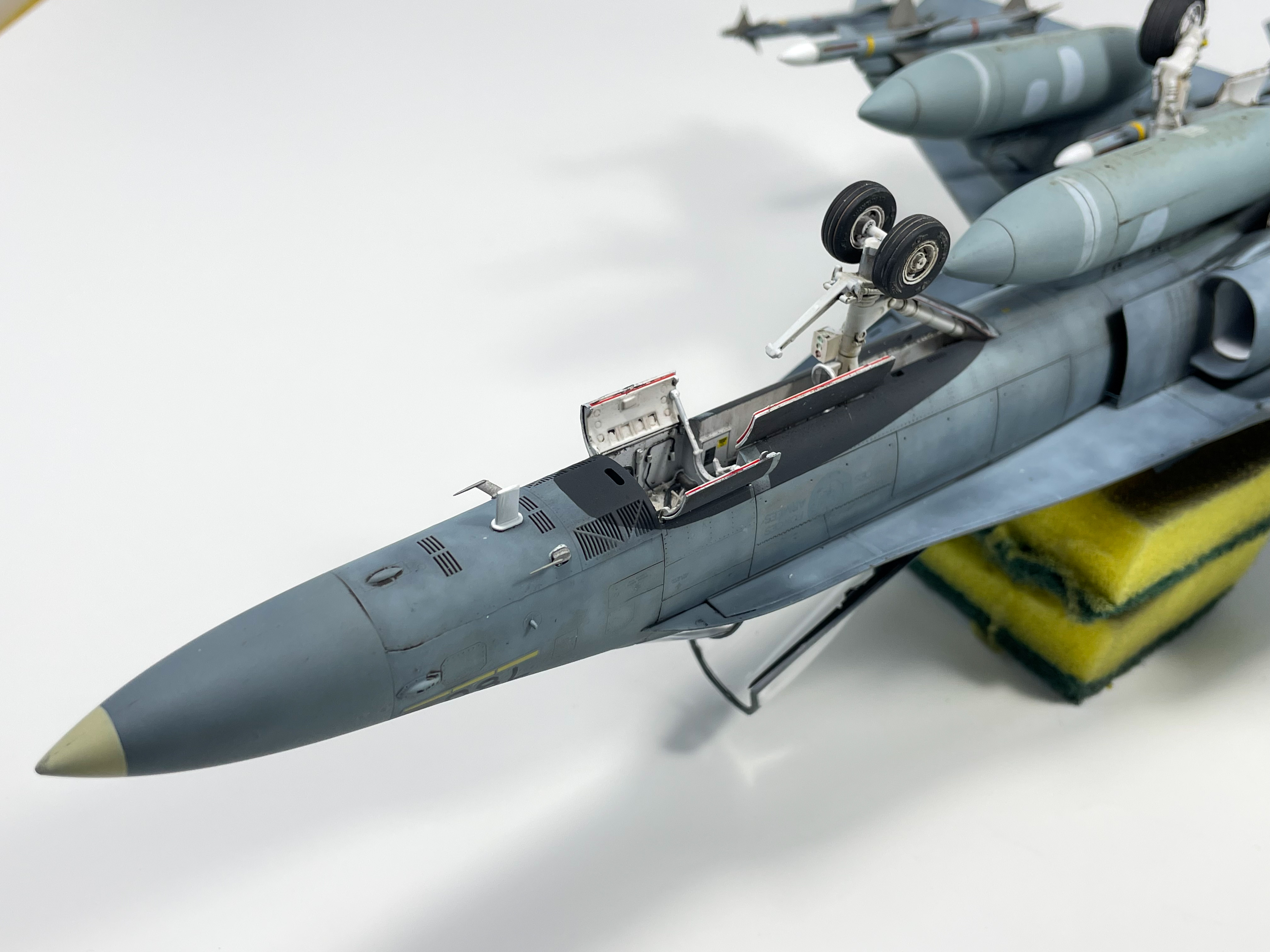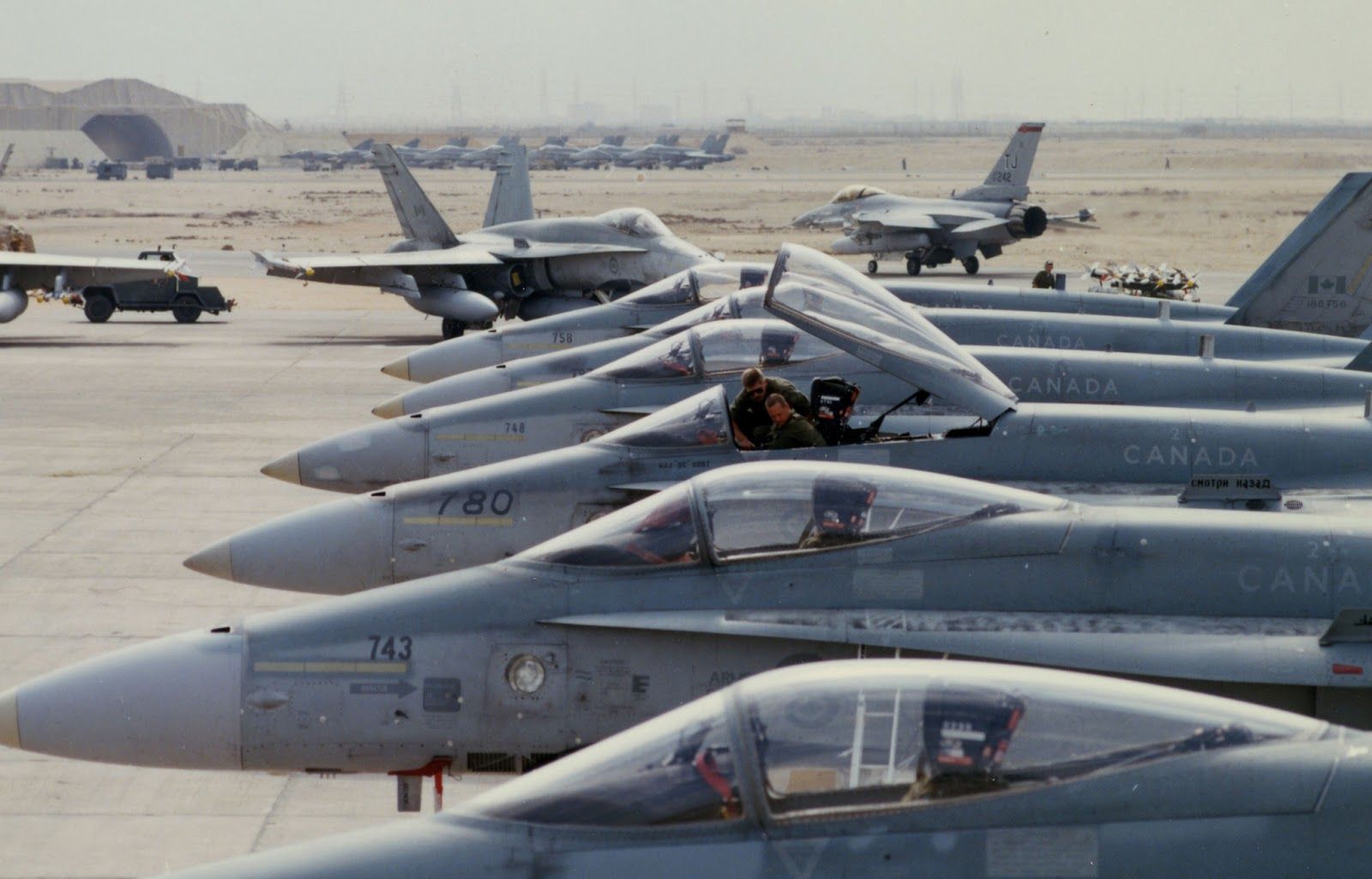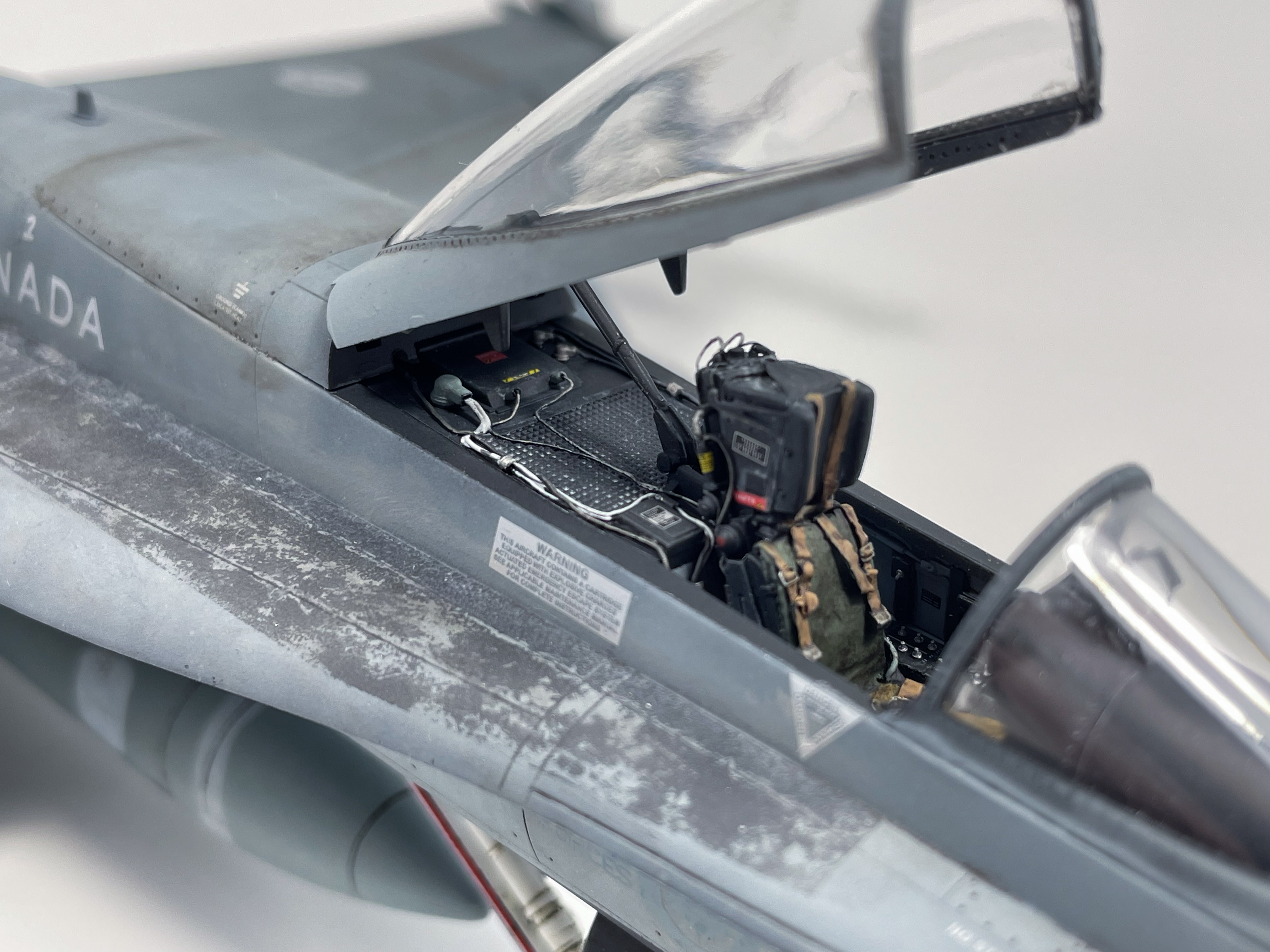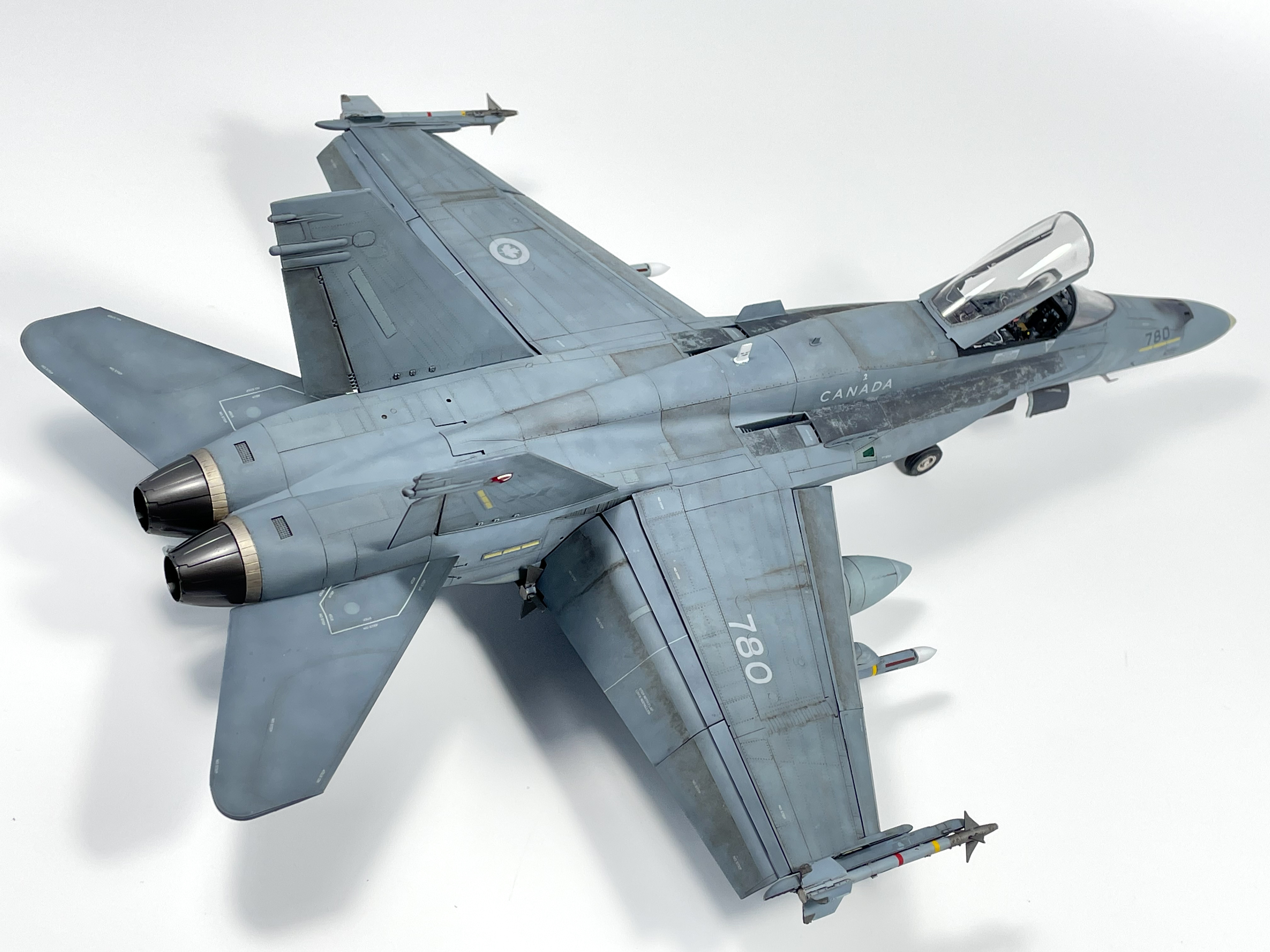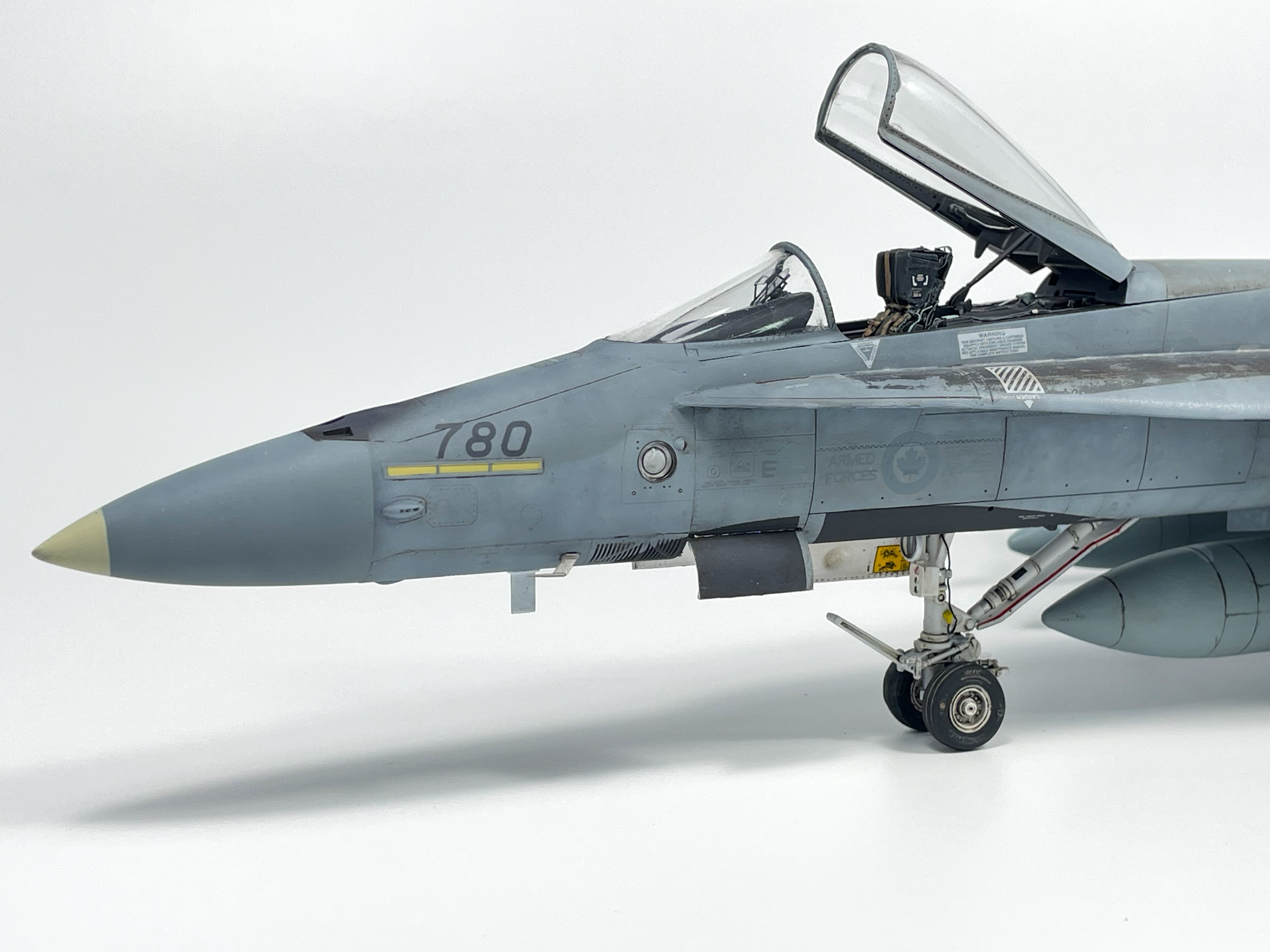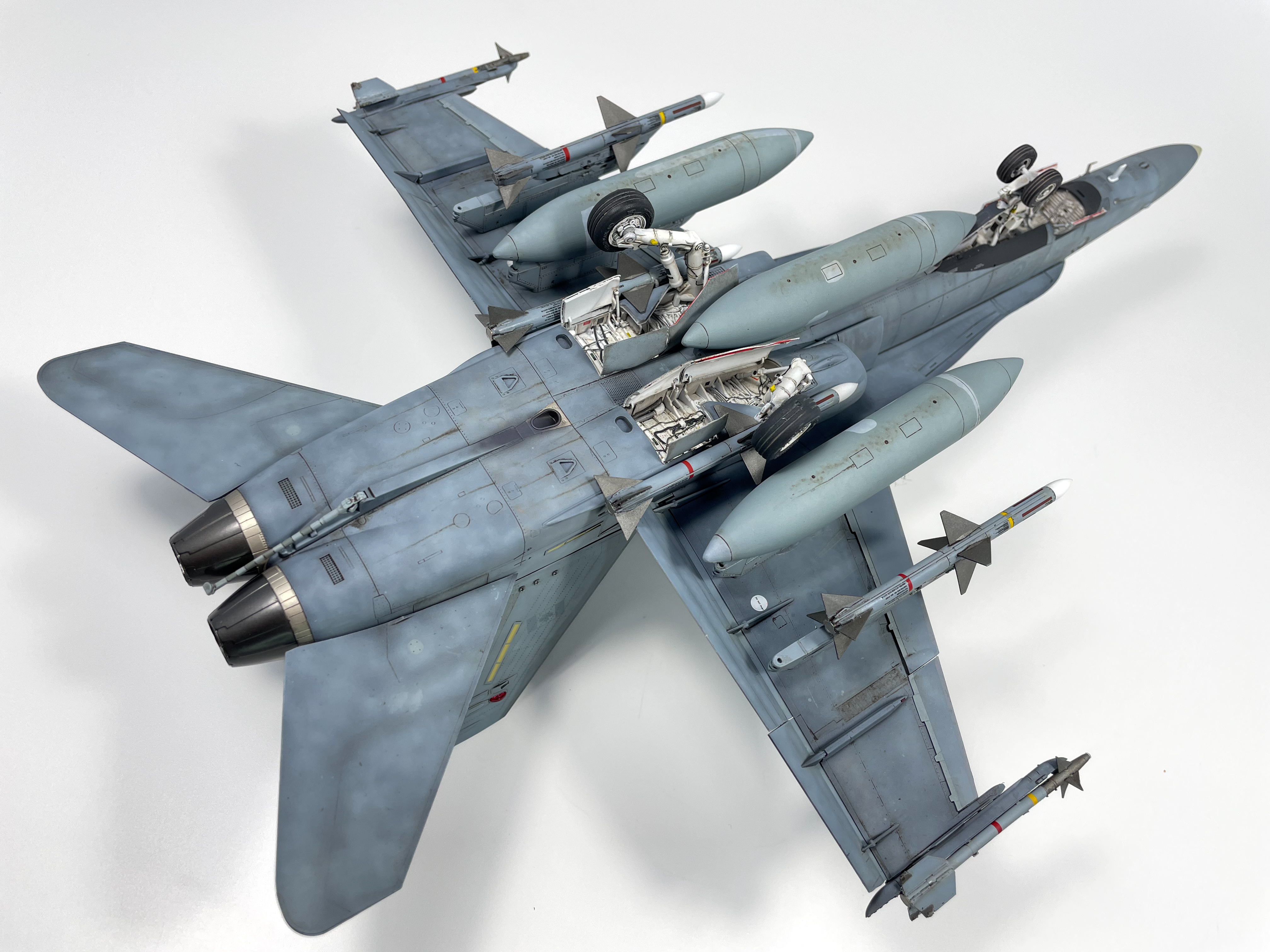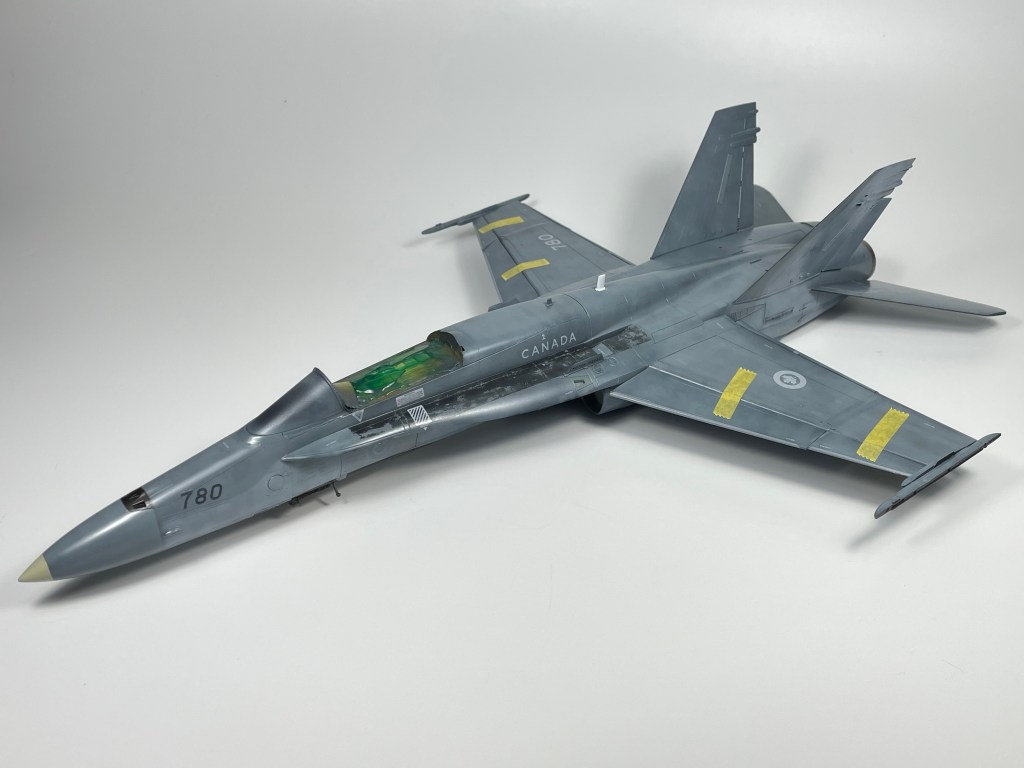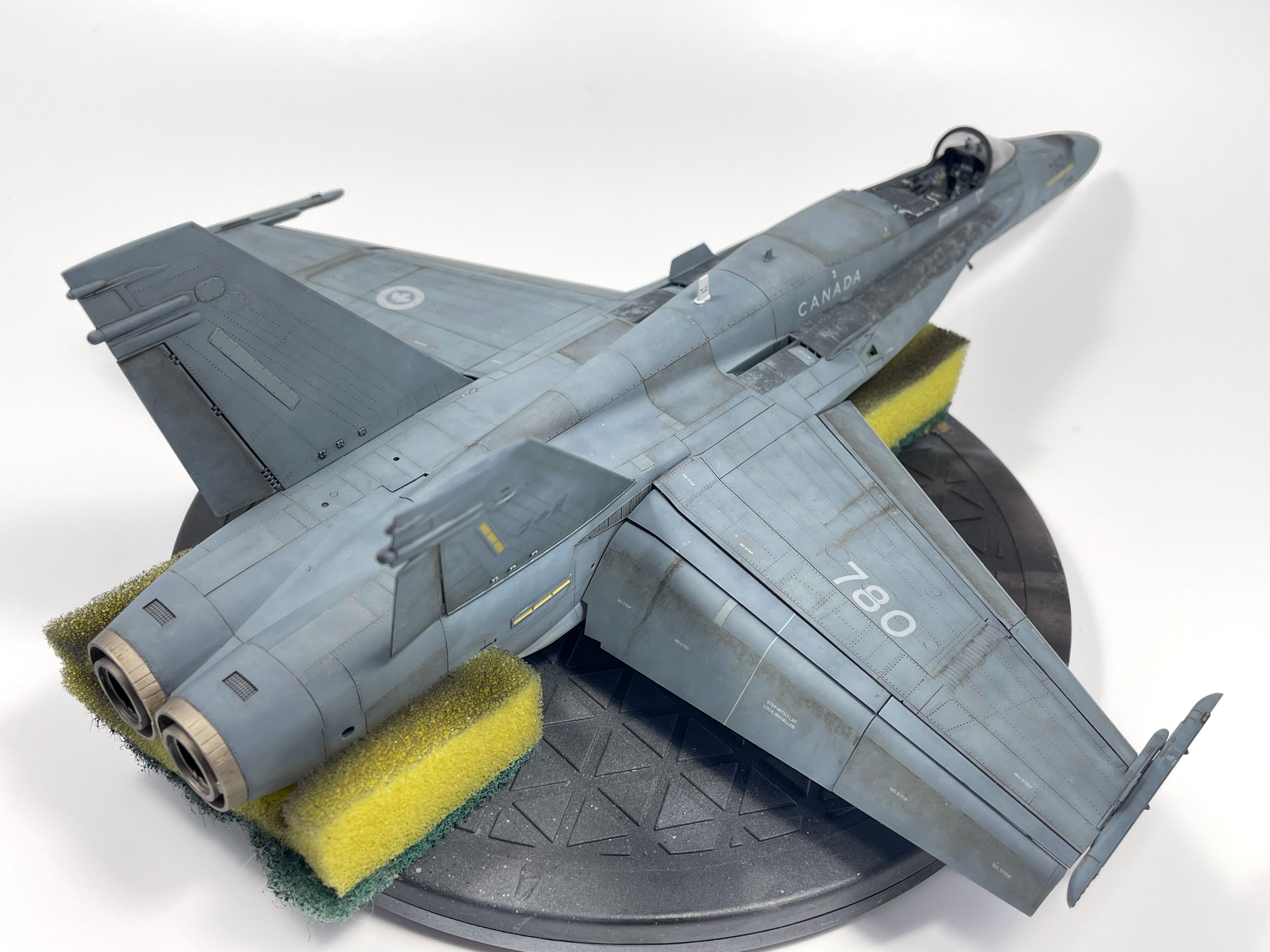With the completion of my Cf-18 build, It’s safe to say that that’ll be it for my model building year, and what a year it’s been! 2023 has been my most productive year so far in terms of builds completed, with seven total completions since January.
When I started Tamiya’s P-38 in February, I wanted to commit myself to build as many models as a could over the coming year. I had a few personal reasons for setting this goal. The first was that I was now five years removed from my next most prolific year of building, 2017, with four builds completed that year. A lot has happened in those five years, I moved out of the home I grew up in, graduated from University, and moved on to starting a new career.
These changes in my life are seen in my build progress since 2017, I only completed three builds between 2018-2022 and didn’t do any building at all while on lockdown in 2020. Looking back, I wish I had used that time to develop my skills further and gain more experience. With this in mind I was committed to maintain a steady build pace throughout the year and set some pretty aggressive deadlines as to when I wanted to complete my models. Looking back now, these are all the builds I completed in 2023:
Tamiya 1/48 P-38G lightning

I chose Tamiya’s excellent new P-38G for my first build of the year and I’m glad I did, the entire build was very enjoyable. The engineering of the kit was perfect and practically fell together. This was my first time doing an olive drab finish and I really like how it came out. I particularly enjoyed the chipping process and the end result I was able to achieve. I do feel however that I didn’t push myself as much as I did in later builds, although that can partly be explained by me needing to shake the rust off.
Ranking: 3rd overall
Eduard 1/48 Spitfire Mk.VIII

The Eduard Spitfire, boy where do I begin? This kit was a landmark for me for so many reasons. My second build of the year came out better than I possibly could have imagined. Out of all my builds this year, the Spit ranks first no question. I pushed myself with this build, when I was halfway done the weathering process I wanted to quit and move on to the bf-109. I’m really glad stuck with it and continued trying to find ways to add detail in the weathering phase. It’s not perfect by any means (the wing root chipping stands out) but this build served as a template for the Cf-18 later in the year.
Ranking: 2nd overall
Eduard 1/48 Bf-109 E7

While I had a clear vision as to what I wanted my Mk.VIII spitfire to look like, the same cannot be said for the only 109 I finished this year. Eduard’s weekend edition kit was a struggle to build and finish. I will fully admit I was uncommitted and lacked a proper vision as to what I wanted the final product to look like. This was an important lesson to learn I believe as this lax attitude left the final result uninspired imo. I’m not unhappy with the end result but I definitely feel like it’s uninspired.
Ranking: 6th Overall
RFM 1/35 Pz.III Ausf. J

The RFM Pz.III was my only Armor subject this year and that’s something I want to change going into 2024. I really do like where I went with this build, It was my first DAK vehicle and I like the complexity of finishes that they require. I really like the look of this tank and how “busy” the stowage makes the vehicle look.
Ranking: 4th Overall
Hobby Boss 1/48 Sukhoi Su-27

As part of the r/Modelmakers VERSUS groupbuild I built this kit along with the Kinetic CF-18. I knew I was building the Hornet for the longest time so I had to chose an appropriate adversary in order to participate. I initially chose a 1/48 Mig-29 but this Hobby Boss kit was in stock at my LHS and crying out to me. I do have to admit I really didn’t know what I was getting into when I picked this subject, a 1/48 Su-27 is LARGE. The kit is more akin to a 1/32 warbird, the Su-27 is just one metre shorter than the Su-24 which is a tactical bomber. I won’t lie, this kit was a bit of a slog just due to the sheer size of it. The kit is a huge canvas to paint, decal, and weather.
Ranking: 5th Overall
Takom 1/35 Mq-8B Fire scout

Takom’s 1/35 Fire scout was meant to be a nice reset between the Flanker and the Hornet. I definitely treated it as such and sped through the build. This was easily my worst build of the year even if the final photos look somewhat respectable. I used the kit to experiment with ghost grey shading techniques prior to building the Hornet and feel that the experience I gained really helped in this regard.
Ranking: 7th Overall
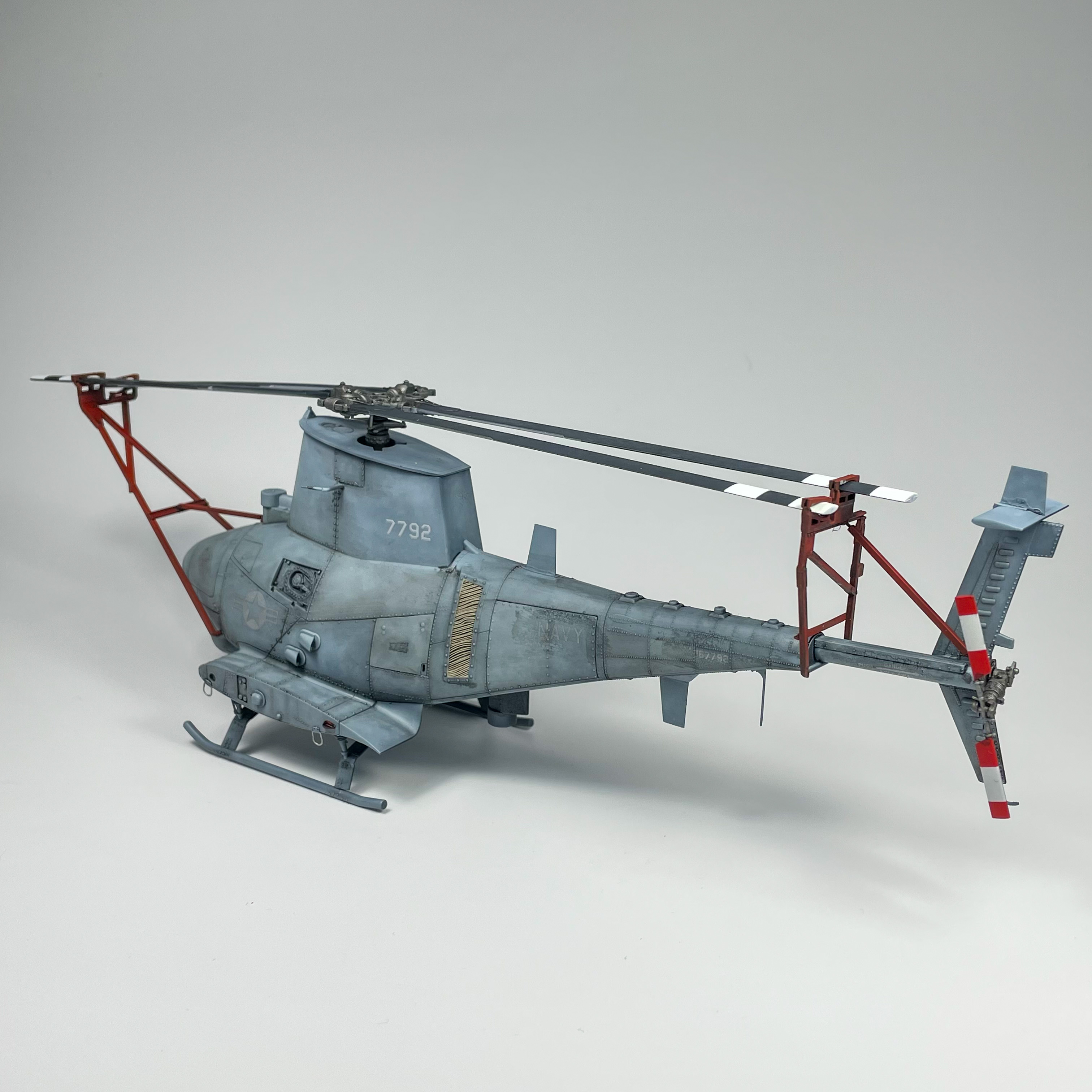
Kinetic 1/48 Cf-18A Hornet

My Cf-18 Hornet was very much the project I was working all year towards as I had first decided to build one in March. I’m very happy with how this build turned out and I think this kit was a major milestone for me. I made an effort to make sure I was spending sufficient time on the various build stages and not rushing through to get to the end. I think that this shows in the final product as everything from the cockpit, gear bays, and final surface is appropriated detailed and weathered.
Ranking: 1st Overall
As to what 2024 will hold, I do have some goals for this upcoming year, primarily to build more armor. I want some more German armor (how original!) in my collection and thus plan to build at least one Panther and one Tiger in the coming year. I also plan to finally finish the Miniart T-55 that survived a move across Canada last year and has been a shelf queen even before that. I’ve got Tamiya’s 1/48 G6 and Eduard’s 1/48 F6F in the stash that I hope to get completed at some point in the coming year as well. Also, dioramas! I realized that my LHS is quite extensively stocked with this diorama making equipment and I’ve always been a firm believer that even a small base adds so much life to a scene.



